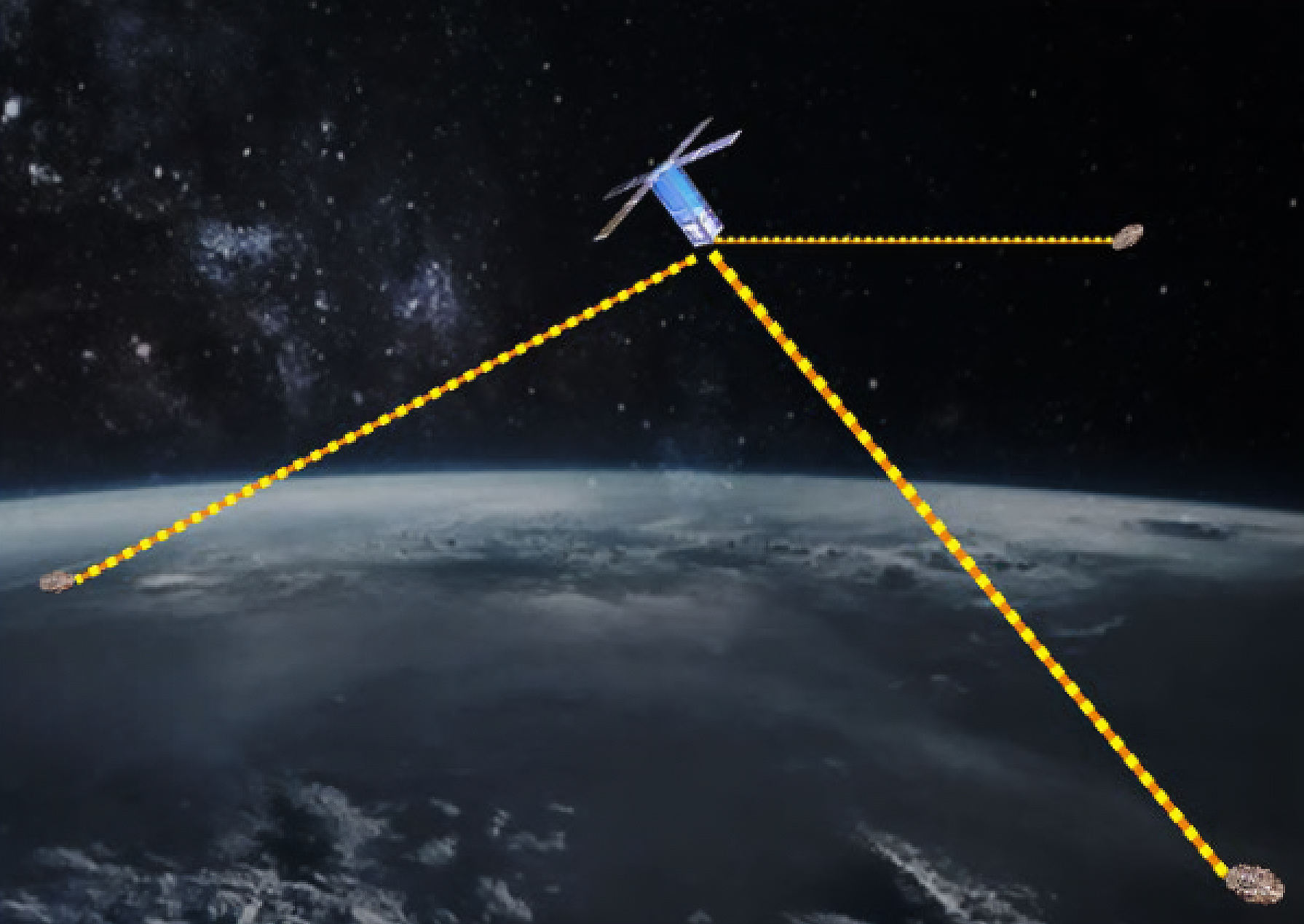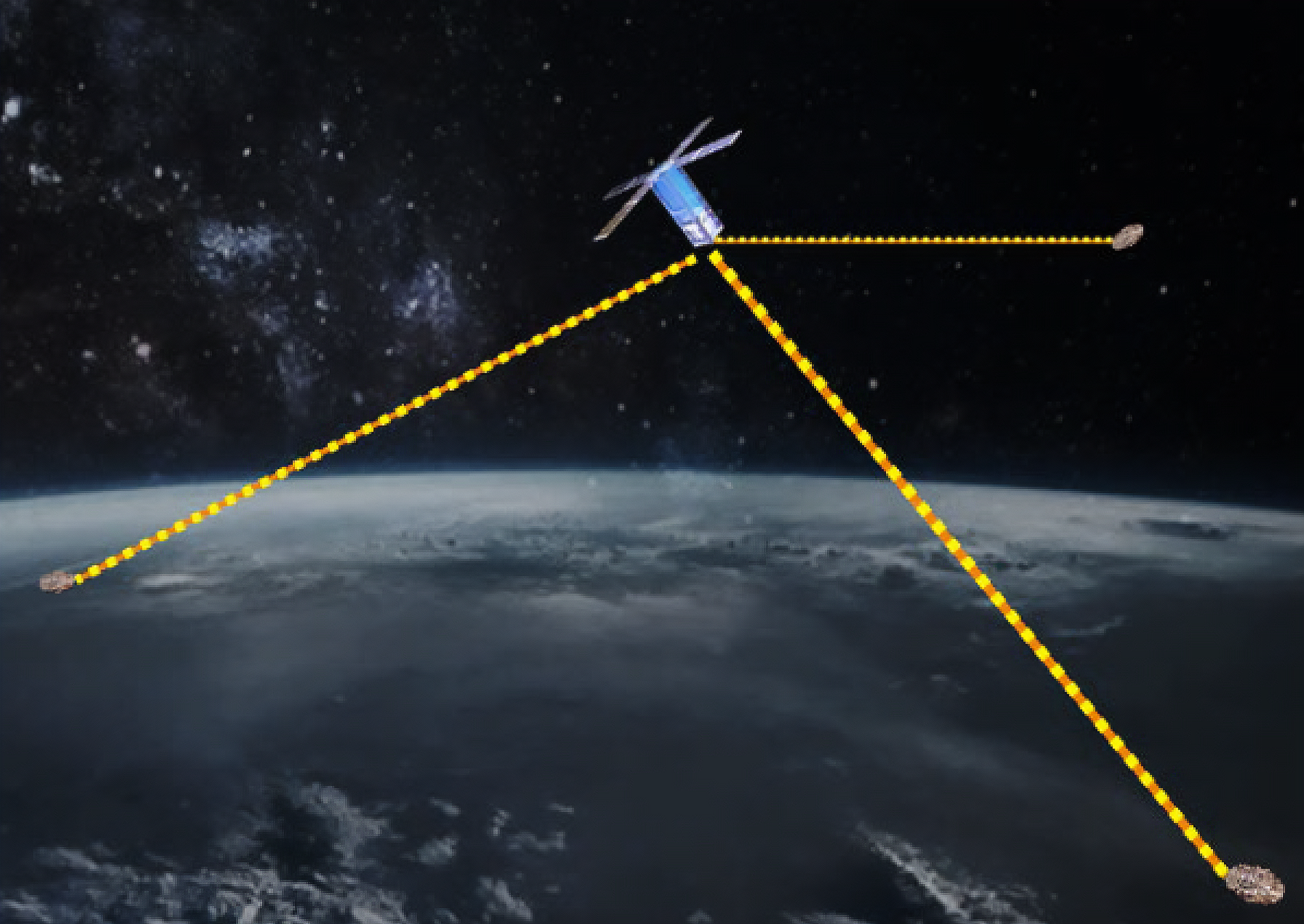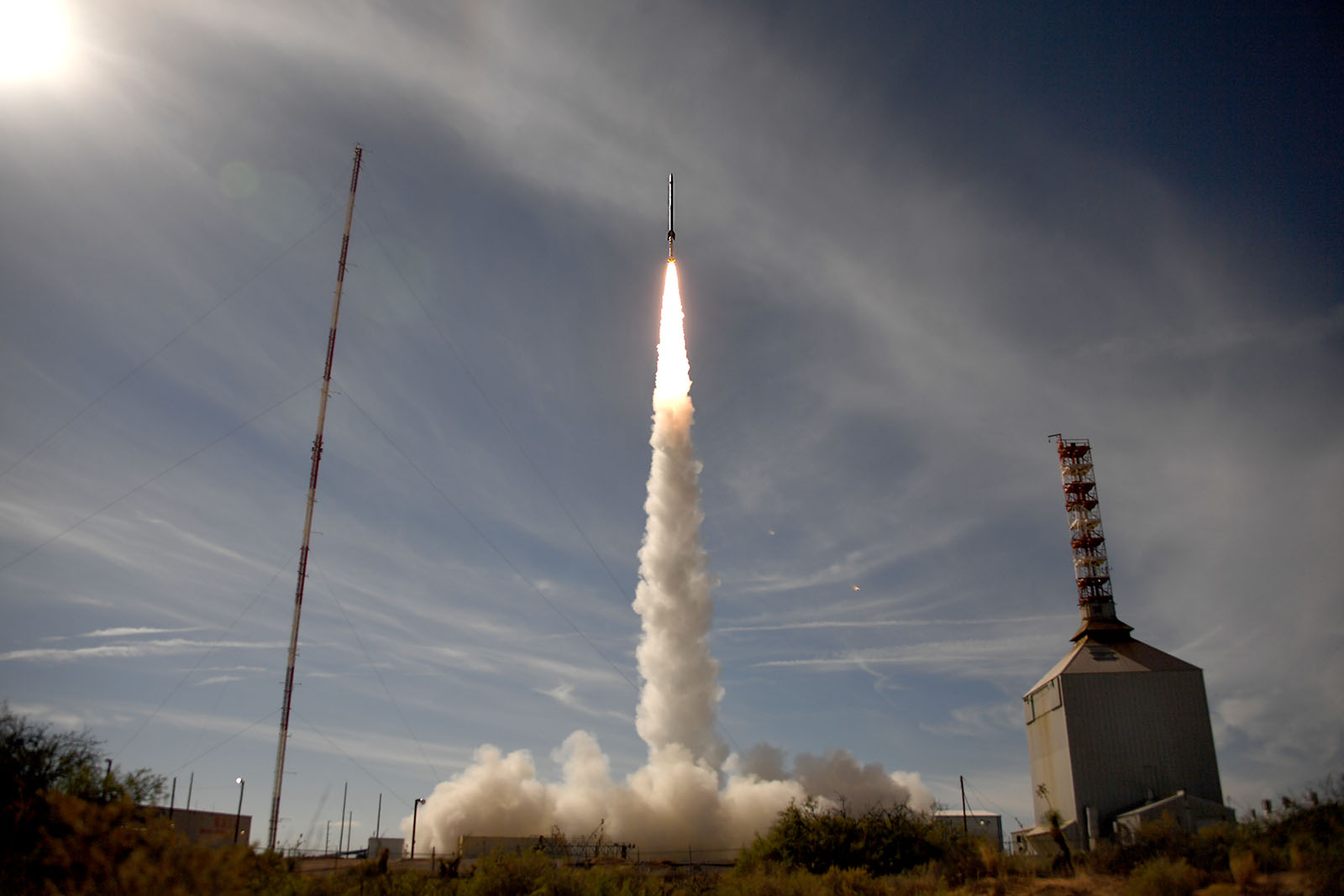LIFA: Lightweight Fiber-based Antenna for Small Sat-Compatible Radiometry
Zhang, Beijia Zhang, BeijiaMassachusetts Institute of Technology (MIT), Lincoln Lab Very large space-based RF antennas can be large and expensive to manufacture and deploy. These problems become more challenging for cases when an array of antennas are needed such as for correlation interferometers that provide high spatial resolution of Earth and space. The proposal will […]

2 min read
Preparations for Next Moonwalk Simulations Underway (and Underwater)

Zhang, Beijia Zhang, Beijia
Massachusetts Institute of Technology (MIT), Lincoln Lab
Very large space-based RF antennas can be large and expensive to manufacture and deploy. These problems become more challenging for cases when an array of antennas are needed such as for correlation interferometers that provide high spatial resolution of Earth and space. The proposal will specifically examine the potential applicability of novel fiber-based antennas to L-band radiometry for the purpose of generating high resolution soil moisture and sea surface salinity data. Initial estimates indicate that a x10 improvement on resolution may be possible with long fiber-based antenna arrays. Lincoln Laboratory has been investigating the ability to produce large flexible RF antenna arrays embedded in polymer fibers. These lightweight fibers are flexible enough to be coiled and uncoiled, thus facilitating transport and deployment. The metal that forms the antenna structure and other conductive elements is embedded inside a polymer boule that is heated and drawn to form a novel type of fiber. The resulting fiber thus has multiple materials embedded inside for the ability to support sensing capabilities and other functionalities. Thus, this fiber fabrication process may also lead to a cost-effective means to create very large antennas. This work will include analysis of the required antenna performance and the ability of fiber-based antennas to meet those requirements, deployment strategies, satellite specifics, space tolerance of components and materials, a preliminary system-level design, and concept of operations.
What's Your Reaction?












































